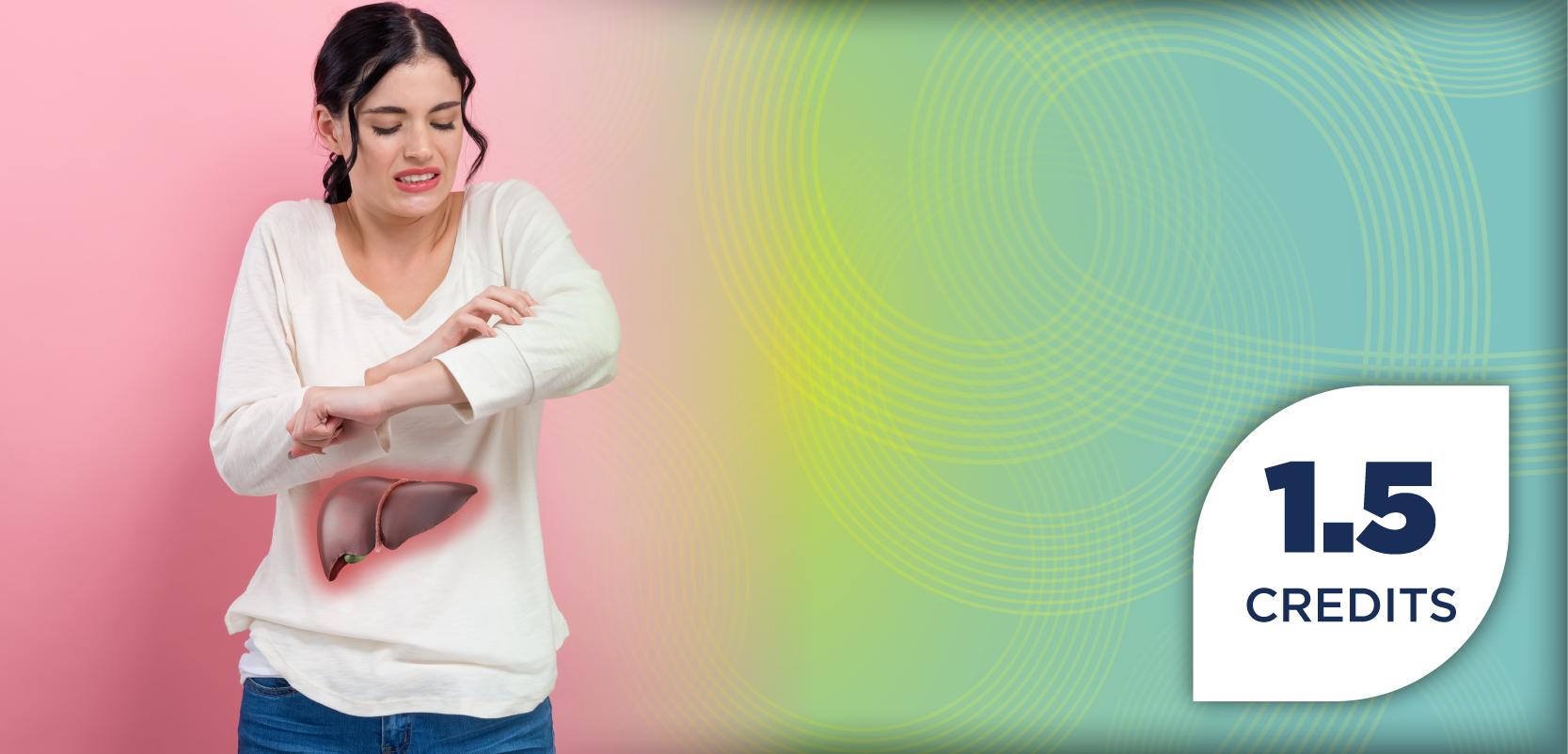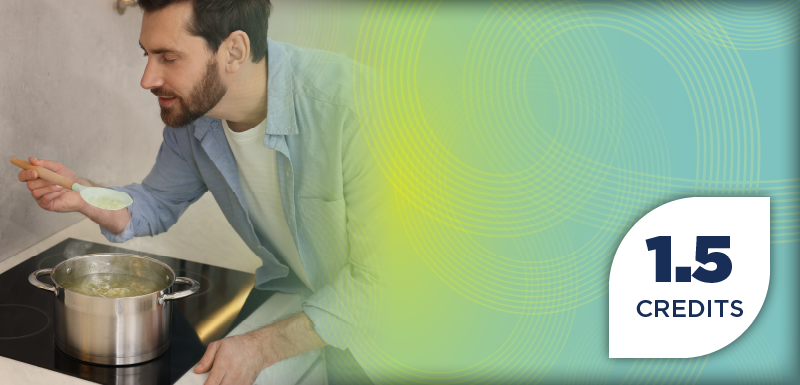
FDA Grants Fast Track Designation to Cannabis Withdrawal Syndrome Therapy
A dose response is observed with the highest dose of the drug and mitigating withdrawal symptoms for patients with cannabis use disorder.
The FDA granted fast track designation to PP-01 for the mitigation of cannabis withdrawal syndrome in patients with cannabis use disorder (CUD).1 PP-01 is an investigational therapy with a dual mechanism of action that targets CB1 receptors and neurotransmitter dysregulation. It is intended to be taken as a once daily oral product before bedtime.2
"We are pleased that PP-01 has been granted fast track designation and are grateful to the FDA for recognizing the significance of cannabis withdrawal for the growing population with cannabis use disorder," Ginger Constantine MD, CEO of PleoPharma, said in a release.1
The phase 2b trial for PP-01 met the primary end point, showing that a dose response was observed with the highest dose of the drug and mitigating withdrawal symptoms with clinically meaningful results (p = 0.02). CAN-002 was a randomized, double-blind, placebo-controlled study that included 234 individuals aged 18 to 55 years. Patients were seeking discontinuation of cannabis at 22 US addition centers. PP-01 was also well tolerated without any safety signals.2
PleoPharma said that it is currently planning a phase 3 trial in conjunction with the FDA.
CUD is considered a mental health condition and is a type of substance use disorder where a patient has a problematic pattern of cannabis use that causes distress and/or impairs the patient’s life. CUD can be mild, moderate, or severe. It involves an overpowering desire to use cannabis, increased tolerance, or withdrawal symptoms. In 2021, it was estimated that 5.8% of people 12 and older in the United States had CUD within the past year, according to the Cleveland Clinic.3
Signs of CUD include using more cannabis than intended, trying and falling to quit, cravings, and using cannabis in high-risk situations, such as driving a car. Approximately 3 in 10 people who use cannabis have CUD, and the risk of developing CUD is greater for patients who start using cannabis during youth or adolescence, according to the CDC. There are treatment options available, including detoxification and cognitive and behavioral therapies, but there are no therapeutic interventions.3,4
Cannabis is still considered a Schedule I drug, meaning it has no accepted medical purposes at the federal level and has a high potential for abuse. However, there are products approved by the FDA that are cannabis-derived and cannabis-related for certain conditions—including purified cannabidiol or synthetic delta-9-tetrahydrocannabinol.
Data show that college students and young adults use cannabis socially (42%), experimenting (29%), and for enjoyment (24%), according to data in StatPearls. Results have also shown that 12% use the drug to manage stress or relax, which is consistent with the association that cannabis has been used to manage depression, anxiety, social anxiety, and post-traumatic stress disorders. “When using relatively low amounts, specific populations are at high risk of [CUD], the authors said.”5
REFERENCES
1. FDA grants fast track designation to PleoPharma Inc’s investigational new drug, PP-01, for the mitigation of cannabis withdrawal symptoms in patients with cannabis use disorder: a potential first in class treatment. News release. PleoPharma. February 13, 2025. Accessed February 13, 2025. https://prnmedia.prnewswire.com/news-releases/fda-grants-fast-track-designation-to-pleopharma-incs-investigational-new-drug-pp-01-for-the-mitigation-of-cannabis-withdrawal-symptoms-in-patients-with-cannabis-use-disorder-a-potential-first-in-class-treatment-302376117.html
2, PleoPharma Inc reports positive phase 2b clinical trial data for mitigation of cannabis withdrawal: a potential first in class treatment. News release. PleoPharma. September 4, 2024. Accessed February 13, 2025. https://www.pleopharma.com/post/pleopharma-inc-reports-positive-phase-2b-clinical-trial-data-for-mitigation-of-cannabis-withdrawal
3. Cleveland Clinic. Cannabis Use Disorder. October 4, 2024. Accessed February 13, 2025. https://my.clevelandclinic.org/health/diseases/cannabis-use-disorder
4. CDC. Understanding your risk for cannabis use disorder. Accessed February 13, 2025. https://www.cdc.gov/cannabis/health-effects/cannabis-use-disorder.html
5. Patel J, Marwaha R. Cannabis Use Disorder. [Updated 2024 Mar 20]. In: StatPearls [Internet]. Treasure Island (FL): StatPearls Publishing; 2025 Jan–. Available from: https://www.ncbi.nlm.nih.gov/books/NBK538131/
Newsletter
Pharmacy practice is always changing. Stay ahead of the curve with the Drug Topics newsletter and get the latest drug information, industry trends, and patient care tips.





























































































































